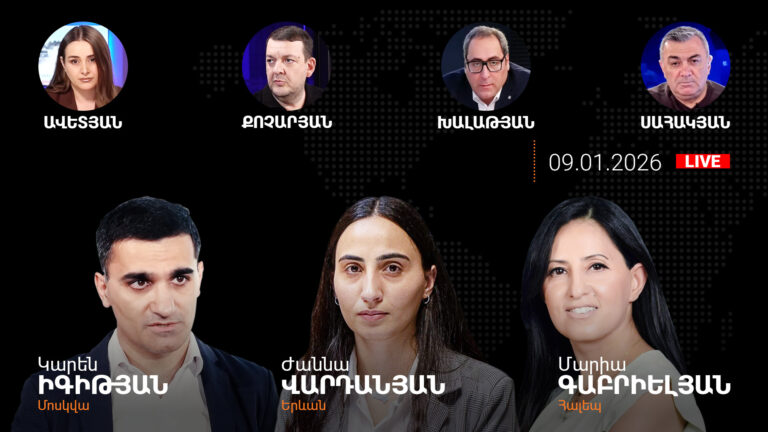‘My body is in Armenia but my soul is in Artsakh’: Artsakh exodus #13
October 26 2023, 12:02
“My soul is in Artsakh, and my body is in Armenia. It seems to me that after this interview I will go back, because I imagine home only in Artsakh,” Liana Kocharyan, a member of the Artsakh Union of Artists, said in an interview with Alpha News.
The honored artist told us about the difficult experiences during the exodus from Artsakh, about the artistic heritage left in Stepanakert and taken out from there, and about the resumption of activities in Armenia.
Liana is the founder of the Artsakh Kocharyan Fine Arts Studio. After many years of vigorous and fruitful artistic activity in Artsakh, today she recalls her work with admiration and, at the same time, expresses regret over the cruel fate that befell the people of Artsakh.
Liana Kocharyan cannot accept that she has lost her homeland but says that there was no other way out, the enemy was nearby, and life with them would be unbearable.
“When I heard explosions, I ran home to my son, where my newborn grandson was, and saw that they were already in the basement. We spent that night there; the sounds of machine gun shots were heard nearby. There were talks that we should leave Artsakh. The next day, a ceasefire and the disarmament of Artsakh were announced. But in the vicinity of the city, fighting continued.
That day, our compatriots from other regions of Artsakh flocked to Stepanakert. We were all like one family. We stayed in the basement for two days and then went out into the yard to cook food. There was no heating in the houses; we baked bread on a wood stove, and whoever had food shared it with everyone else. We were all united during this disaster, and we also all stood up and left together because the Turk was already entering the city to slaughter us and harm our children in front of our eyes,” says Liana Kocharyan.
Liana recalls that before it became known about the forced withdrawal from Artsakh, it was announced that people should go to the places of deployment of Russian peacekeepers for security reasons, but she was against it.
“I was scared. The history of the Armenian Genocide of 1915 was stuck in my head like a wedge. And what now? How do we know what awaits us on this path? So, we didn’t go. Then a gas station exploded. If people had not panicked and walked around, many would be alive now,” says Liana.
Liana Kocharyan excludes integration with the enemy and considers life under the enemy’s control unworthy. That is why the artist’s family had to leave Stepanakert on September 24. She did not take pictures of her city, her home, and her studio. She did not want to say goodbye. She had a feeling that she would return.
“Like the stubborn Karabakh people, I didn’t want to believe everything that was happening; I thought that we’re leaving now, but it’s okay, we’ll come back,” she says.
The most brutal thing for Artsakh residents was crossing Azerbaijani checkpoints.
“I always saw these roads without Turks; it was terrible when they, armed to the teeth, looked at us. These roads were engraved in my memory differently: back then, for example, we stopped, rested, drank coffee, and took photographs, and now we had to pass at gunpoint. They stopped and checked us for hours. We suffered; we were hungry and sick. They didn’t take anything into account; it was an inhumane situation,” recalls Liana Kocharyan.
The artist’s family lives in Yerevan with her eldest daughter and her family. Her daughter’s husband offered to rent a room and continue her drawing lessons.
“It was at that moment that I felt the power of God. Now I’m in my new studio, who would have thought? I was heading into the abyss, but God brought me here, gave me strength, and now I’m giving an interview. I was reborn again, although it’s not the way I would like, but there is an opportunity to restore my soul,” says Liana Kocharyan.







